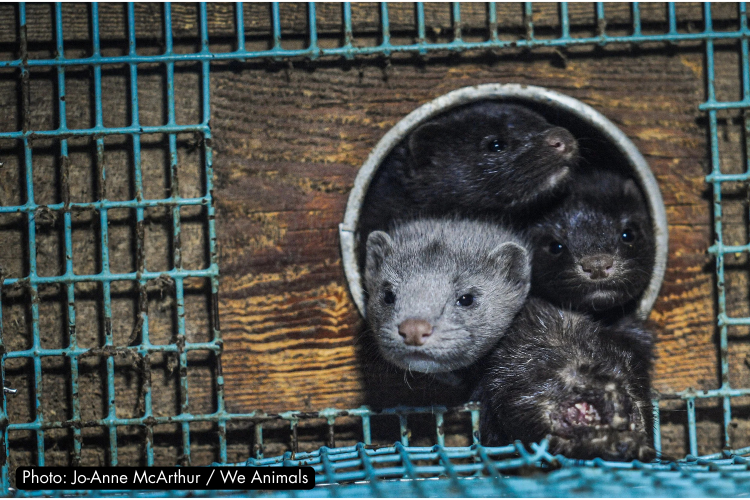Mushroom-Grown Meat Could be the Key to Halving Deforestation Rates
With the majority of deforestation caused by animal agriculture, scientists have discovered that fungi could offer a sustainable - and delicious - solution.
Credit: Quorn
Replacing 20 percent of beef with fungi-based meat alternatives by 2050 could slash deforestation in half, according to a new study published in the scientific journal Nature.
The production of animal-based products is devastating for the environment, playing a leading role in land and water degradation, deforestation, and biodiversity loss. Beef farming is the largest driver of deforestation in every Amazon country, accounting for 80 percent of the current deforestation. To keep up with demand, farmers set fires to clear the forest, making way for more and more pasture land to feed cattle. The land is also burnt to grow crops to feed these animals being raised for meat.
Now, researchers at the Potsdam Institute for Climate Impact Research (PIK) have discovered that mushroom meat, made from microbial protein, could be a leading solution when it comes to protecting the rainforests - and cows.
By using computer modeling that took into account the estimated increases in population growth, income, and livestock demand from now until 2050, the researchers were able to determine the effects of producing meat using microbial fermentation. The results showed that replacing 20 percent of the world’s beef consumption with fungi-based meat by 2050 would halve deforestation and reduce methane emissions by 11 percent.
"The food system is at the root of a third of global greenhouse gas emissions, with ruminant meat production being the single largest source," says Florian Humpenöder, researcher at PIK and lead author of the study. “That is because more and more forests that store a lot of carbon are cleared for cattle grazing or growing its feed, and because of further greenhouse-gas emissions from animal agriculture.
“Part of the solution could be existing biotechnology: Nutritious protein-rich biomass with meat-like texture produced from microbes like fungi via fermentation, what scientists call “microbial protein”, he adds.
And the stakes are high. If things carry on the way they are, the global increase in beef consumption will double the annual rate of deforestation globally, increasing methane emissions and agricultural water use.
Based on the centuries-old method of fermentation, microbial protein is produced in steel tanks by feeding sugars and other nutrients to microbes in a process similar to how beer and bread are developed. The end result is a nutritionally-rich food that can taste and feel like red meat, all while requiring far less land and water, and emitting fewer greenhouse gases. The U.S. Food and Drug Administration (FDA) approved a microbial protein meat alternative (mycoprotein) as safe in 2002.
“The good news is that people do not need to be afraid they can eat only greens in the future,” said Humpenöder. “They can continue eating burgers and the like, it’s just that those burger patties will be produced in a different way.”
More than 85 companies are exploring microbial proteins, according to a 2021 report on the fermentation industry by the Good Food Institute (GFI). With 1.96 billion dollars raised by dedicated alternative protein fermentation companies in 2021, the industry is rapidly attracting attention from investors who see its potential in alleviating the environmental strain caused by conventional animal meat.
We Have A Favor To Ask…
Species Unite amplifies well-researched solutions to some of the most abusive animal industries operating today.
At this crucial moment, with worldwide momentum for change building, it’s vital we share these animal-free solutions with the world - and we need your help.
We’re a nonprofit, and so to keep sharing these solutions, we’re relying on you - with your support, we can continue our essential work in growing a powerful community of animal advocates this year.
More stories:
Species Unite
A collection of stories of those who fight the good fight on behalf of animals.






Discover the best vegan Thanksgiving recipes and turkey alternatives for a plant-based holiday feast full of flavor and compassion.